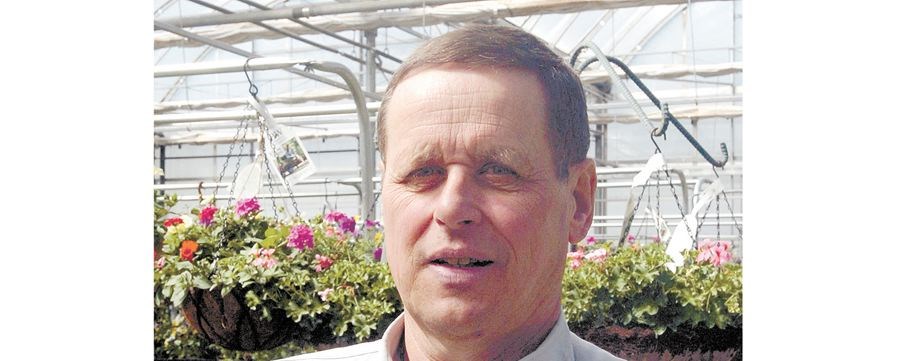When the lawn is dry enough to walk on, it is dry enough to work on.
Here are some tips for maintaining your lawn.
Get out the rake. Clean up debris, old leaves and thatch. Thatch is the layer of dead grass and roots that lies on the soil's surface. A thin layer of thatch is good as it helps retain soil moisture and keeps soil cool but if the thatch is thicker than three centimetres it should be raked out. When thatch becomes too thick it prevents moisture and nutrients from getting to the roots of the grass. If the area is large, you might want to use a lawnmower instead of the rake. There are de-thatching blades available for the lawnmower. The regular blade is taken off and the de-thatch is put on.
Aerate the lawn if the soil is compact. Compact soil prevents moisture, air and nutrients from reaching the roots of the grass. Aerating is done by puncturing the soil with an aerator or pitch fork to make little holes. The plugs or cores are pulled up and left on the lawn, and the holes will help grow healthy grass.
Fertilize the lawn, first with a fast-acting fertilizer such as 13-5-7, or 13-16-10. In four to six weeks, fertilize again with a slow release fertilizer such as 24-4-16.
Bare patches in the lawn can be re-seeded. Try to match the seed mixture with the existing lawn and if you're not sure use Lawn Patch.
Pet spots from animals urinating on the soil can be repaired by removing the dead grass, leaching the soil with water, then re-seed. Another option is applying Organic Dog Spot Remove to the area, which will reduce the pH that was raised from the dog urine.
Moss in the lawn can be eliminated by using a moss killer such as 2-in-1 moss control or a lawn fertilizer such as 13-5-7 with moss control. To prevent moss from returning, aerate the soil, and do a pH test (kits available at the garden centre). You may need to add lime to raise the pH.
If you don't want weeds in the lawn, remove them, as you see them, before they get a good hold. Dandelions are active already and can be removed manually by digging them up with a dandelion puller, or chemically with Killex. A thick healthy lawn will make it difficult for weeds to propagate, preventing weed seeds from getting into the soil, and choking out unwanted weeds.
Mow the lawn with a mower that has a sharp blade. Dull blades will give the grass a ragged edge. When the grass starts to green up, mow the lawn to even it up and remove dead grass tops. Ideally grass should be left at six to eight centimetres in height as this will help shade the roots and keep the roots moist and cool. Do not mow more than one-third the height of the grass. This may mean that you have to mow more often but in return you will be rewarded with a thick, attractive lawn.
Lawns do not need to be watered to keep them alive. During dry spells when water restrictions are on, opt to water trees, shrubs and plants and leave the lawn for last. Grass will go dormant but will green up when it receives water. When watering a lawn, water deep and less often.



